📞+86 153 7530 2641 📧 hongjing.Wang@feichuncables.com

High-Performance Type 409 Metal-Screened Power Cable for Mining Trailing & Reeling Applications | AS/NZS 2802 Kevlar®-Reinforced Heavy-Duty Cable
Discover the rugged versatility of Type 409 metal-screened power cores cable designed to AS/NZS 2802 for mining. Learn how Kevlar® braid reinforcement enhances tear- and cut-through resistance in heavy-duty trailing and reeling operations for pumps, shovels, draglines, and blast hole drills.
AS/NZS MINING CABLE
hongjing.Wang@Feichun
8/15/202512 min read
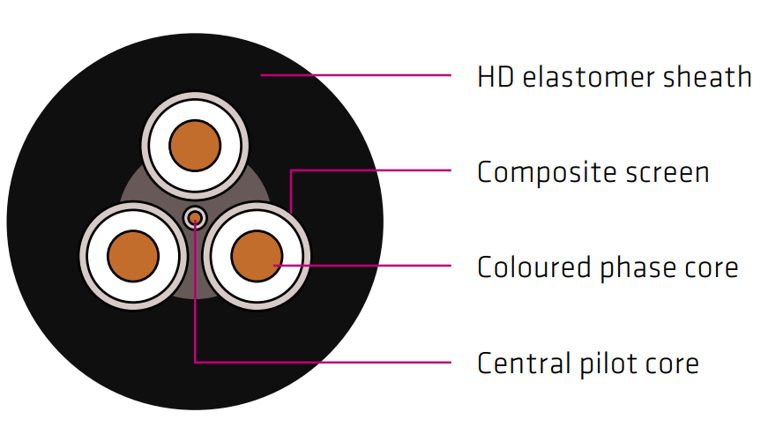

The Australian mining industry demands electrical infrastructure that can withstand the harshest operational environments whilst maintaining reliable power distribution to critical mobile equipment. The Type 409 cable represents a pinnacle of engineering excellence, specifically designed to meet the rigorous demands of open-cut mining operations through its innovative metal-screened power cores cable AS/NZS 2802 configuration and advanced Kevlar® reinforcement technology.
Introduction
Overview of Type 409 Cable
The Type 409 cable stands as a testament to Australian engineering prowess in the mining cable sector, offering a sophisticated solution for power distribution in the most challenging industrial environments. This heavy-duty trailing and reeling cable for mining applications incorporates a unique composite screened design with a central pilot conductor, engineered specifically for the demanding requirements of mobile mining equipment including pumps, shovels, draglines, and blast hole drilling rigs.
What distinguishes the Type 409 cable from conventional mining cables is its innovative construction methodology, which combines multiple protective layers with advanced materials science to deliver unprecedented durability and performance. The cable's design philosophy centres on providing reliable power transmission whilst maintaining operational flexibility in environments characterised by extreme mechanical stress, chemical exposure, and variable weather conditions.
Importance of AS/NZS 2802 Compliance in Mining
Compliance with the AS/NZS 2802 standard represents more than mere regulatory adherence; it embodies a commitment to operational safety and performance excellence in Australian mining operations. This standard establishes comprehensive requirements for electrical cables used in mining applications, encompassing everything from conductor specifications and insulation properties to environmental resistance characteristics and mechanical durability requirements.
The AS/NZS 2802 mining cable standard specifically addresses the unique challenges posed by mining environments, including exposure to abrasive materials, chemical contaminants, extreme temperature variations, and high mechanical stress loads. By adhering to these stringent requirements, the Type 409 cable ensures consistent performance and enhanced safety margins that are essential for maintaining operational continuity in critical mining applications.


Key Features of Type 409 Mining Cable
Metal-Screened Power Cores for Electrical Safety
The Type 409 cable's composite screening system represents a significant advancement in electrical safety technology for mining applications. The metal screening, constructed from tinned annealed copper wire combined with polyester yarn, provides exceptional electromagnetic interference (EMI) shielding whilst maintaining mechanical flexibility essential for trailing and reeling operations.
This sophisticated screening configuration offers multiple protective benefits: it provides excellent earth continuity for personnel safety, minimises electrical interference that could affect sensitive mining equipment control systems, and delivers superior fault current handling capabilities. The composite nature of the screening system ensures optimal performance across varying frequency ranges, making it particularly suitable for modern mining operations that utilise advanced electronic control systems and variable frequency drives.
Single Extensible Pilot Conductor
The central pilot conductor incorporated within the Type 409 cable design serves multiple critical functions in mining operations. This single extensible conductor, positioned at the cable's core, provides essential communication and control signal transmission capabilities between mobile equipment and centralised control systems.
The pilot conductor's maximum DC resistance specifications ensure reliable signal transmission across extended cable lengths, with 3 Ω/100 m for power cores up to 35 mm² and 2 Ω/100 m for larger power conductors. This careful engineering ensures that control signals maintain their integrity even under the challenging conditions typical of mining environments, where cable lengths can extend several hundred metres.
Class 2 EPR Insulation & Semi-Conductive Screen
The Type 409 cable employs Class 2 ethylene propylene rubber (EPR) insulation, designated as R-EP-90, which provides exceptional performance across the cable's specified temperature range from -25°C to +90°C. This insulation system demonstrates superior resistance to chemical exposure, thermal degradation, and mechanical stress, making it ideally suited for the harsh conditions encountered in mining operations.
The semi-conductive screening system employed in higher voltage variants (3.3 kV and above) ensures uniform electric field distribution across the insulation system, preventing voltage stress concentrations that could lead to premature cable failure. This technology significantly enhances the cable's service life and reliability in high-voltage mining applications.
Polyaramid (Kevlar®) Braid Reinforcement
The incorporation of polyaramid yarn Kevlar® braid reinforcement represents the most distinctive feature of the Type 409 cable design. This Kevlar braid reinforced mining cable technology provides exceptional tear and cut-through resistance, addressing one of the most common failure modes in mining cable applications.
Available in all cable configurations except Type 409.1 below 50 mm², the Kevlar® reinforcement significantly enhances the cable's ability to withstand the mechanical abuse typical of mining operations. The polyaramid fibres possess tensile strength characteristics that exceed steel on a weight-for-weight basis, whilst maintaining the flexibility essential for trailing and reeling applications. This advanced reinforcement system dramatically reduces maintenance requirements and extends service life, delivering substantial operational cost savings.
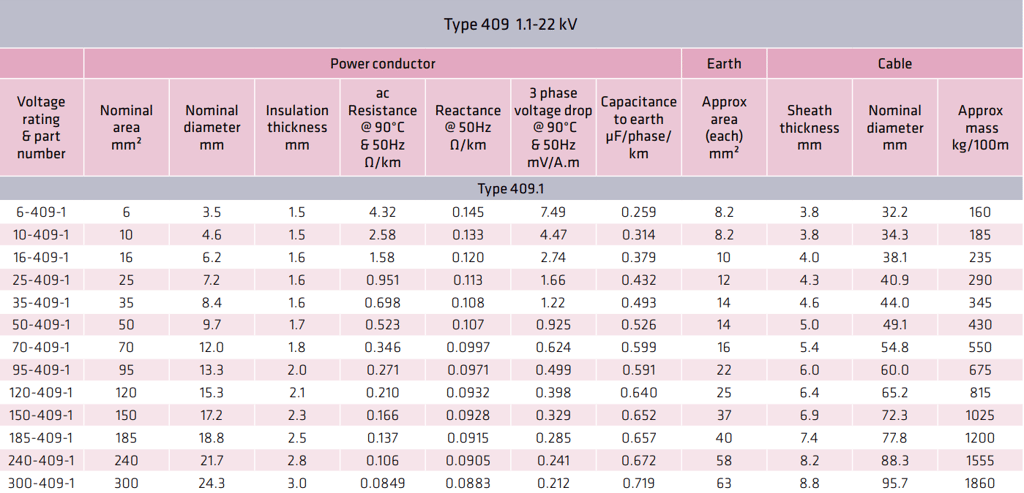


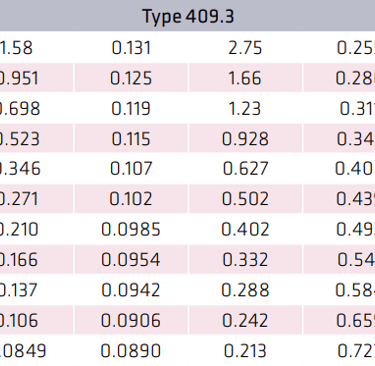
Mining Applications & Performance Benefits
Trailing Applications: Pumps, Shovels, Draglines
In trailing applications, the Type 409 cable demonstrates exceptional performance across a diverse range of mining equipment. Water pumps, essential for dewatering operations, benefit from the cable's superior moisture resistance and flexible construction, which accommodates the frequent repositioning required as mining operations progress. The cable's robust construction ensures reliable power delivery even when subjected to the continuous mechanical stress of being dragged across varied terrain.
Mining shovels and draglines present particularly demanding applications due to their size, power requirements, and operational patterns. These massive machines require substantial electrical power whilst maintaining operational flexibility, creating unique challenges for power cable design. The Type 409 cable's combination of high current-carrying capacity and exceptional mechanical durability makes it ideally suited for these applications, where cable failure can result in significant operational downtime and substantial economic losses.
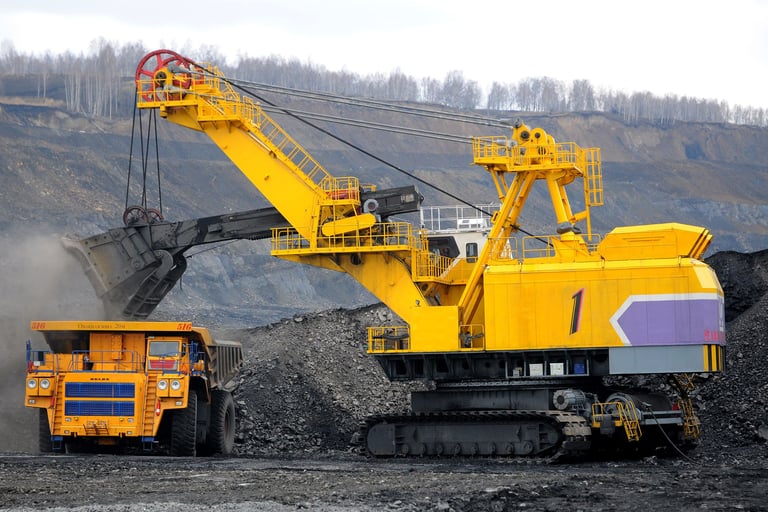

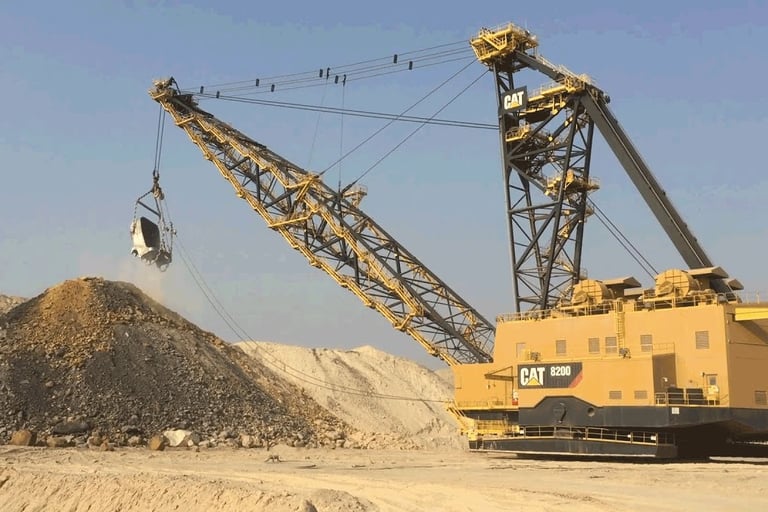

Reeling Applications: Blast Hole Drill Rigs
Blast hole drilling operations require cables capable of withstanding the repetitive stress cycles associated with constant reeling and unreeling operations. The Type 409 cable's design specifically addresses these challenges through its optimised flexibility characteristics and enhanced mechanical protection systems.
The cable's performance in reeling applications benefits significantly from its carefully engineered construction, which maintains electrical integrity even under the cyclical stress conditions typical of drilling operations. The Kevlar® reinforcement provides crucial protection against the mechanical wear that can occur at reel contact points, whilst the flexible insulation system accommodates the bending stresses inherent in reeling operations without compromising electrical performance.
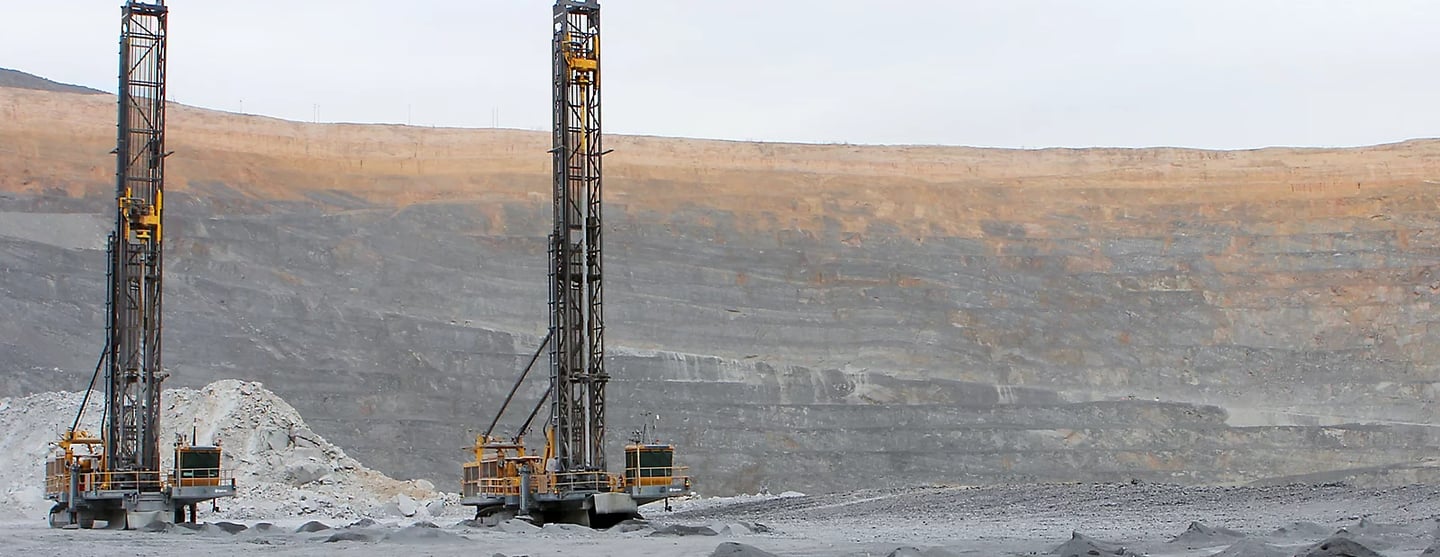

Abrasion & Weathering Resistance for Harsh Environments
Mining environments subject cables to severe abrasion conditions from contact with rock, soil, and mining equipment. The Type 409 cable's heavy-duty HD-85-PCP sheath, combined with its Kevlar® reinforcement, provides exceptional resistance to abrasive wear that would quickly compromise conventional cables.
The cable's weathering resistance characteristics ensure reliable performance across the extreme temperature variations common in Australian mining operations. From the scorching heat of outback surface operations to the controlled environments of underground workings, the Type 409 cable maintains its performance characteristics and mechanical integrity.
Flexibility and Ease of Handling Underground
Underground mining operations present unique challenges related to cable handling and installation in confined spaces. The Type 409 cable's optimised flexibility characteristics facilitate installation in tight spaces whilst maintaining the mechanical strength required for demanding underground applications.
The cable's balanced design ensures that flexibility requirements don't compromise mechanical protection, creating a flexible abrasion-resistant mining power cable that meets the diverse needs of modern mining operations. This design philosophy enables efficient installation and reduces the physical demands placed on installation personnel, contributing to enhanced workplace safety and operational efficiency.

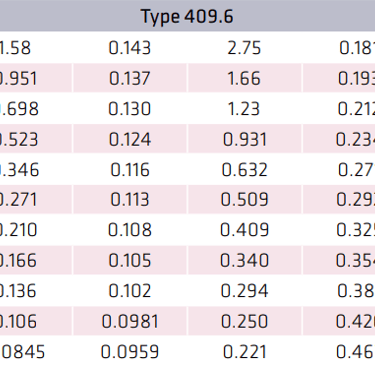

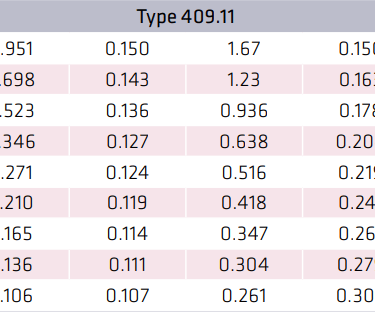
Technical Specifications (AS/NZS 2802 Standard)
Voltage Rating & Conductor Area Options (6 mm²–300 mm²)
The Type 409 cable family encompasses multiple voltage ratings to accommodate the diverse power requirements of mining operations. The Type 409.1 series operates at 1.1 kV, providing an economical solution for lower voltage applications whilst maintaining the advanced protection features of the Type 409 design philosophy.
Higher voltage variants include the Type 409.3 (3.3 kV), Type 409.6 (6.6 kV), Type 409.11 (11 kV), and Type 409.22 (22 kV) series, enabling power distribution at voltages appropriate for larger mining equipment and longer distribution distances. The conductor area range from 6 mm² to 300 mm² ensures suitable options for applications ranging from small auxiliary equipment to large draglines and mining shovels.
Insulation Thickness, Resistance, Reactance, Capacity
The Type 409 cable's electrical characteristics are carefully optimised to ensure efficient power transmission across all voltage ratings. Insulation thickness varies systematically with voltage rating, from 1.5 mm in the lowest voltage variants to 10.5 mm in the 22 kV configuration, ensuring appropriate electrical safety margins whilst minimising overall cable dimensions.
AC resistance values at 90°C and 50 Hz range from 4.32 Ω/km for the smallest conductor (6 mm²) to 0.0845 Ω/km for the largest (300 mm²), reflecting the careful balance between conductor size and electrical efficiency. Reactance and capacitance characteristics are optimised to minimise power losses and voltage regulation issues, particularly important in the extended cable runs common in mining operations.
Sheath Thickness & Overall Cable Mass
Sheath thickness specifications reflect the Type 409 cable's emphasis on mechanical protection, with values ranging from 3.8 mm to 11.3 mm depending on the specific variant and voltage rating. This substantial sheath thickness provides the mechanical protection essential for mining applications whilst incorporating the advanced materials technology that distinguishes the Type 409 design.
Overall cable mass varies considerably across the range, from 160 kg/100 m for the smallest variant to 2280 kg/100 m for the largest Type 409.22 configuration. These mass characteristics reflect the substantial construction required to provide reliable performance in demanding mining applications, whilst the cable's design ensures that handling characteristics remain manageable within the context of mining equipment capabilities.
Pilot Conductor Characteristics
The central pilot conductor's electrical characteristics are carefully specified to ensure reliable control signal transmission across the full range of Type 409 cable variants. The conductor's positioning at the cable centre minimises electromagnetic interference from the power conductors whilst providing mechanical protection from external damage.
The pilot conductor's low resistance characteristics ensure minimal signal degradation even across extended cable lengths, whilst its extensible design accommodates the mechanical stresses associated with trailing and reeling applications without compromising signal integrity.


Installation & Maintenance Best Practices
Pre-Installation Inspection & Handling Tips
Proper installation begins with comprehensive pre-installation inspection procedures that verify cable integrity and identify any shipping or storage damage that could compromise performance. Visual inspection should encompass the entire cable length, paying particular attention to the sheath condition and any signs of mechanical damage that could indicate compromised internal construction.
Handling procedures must account for the substantial mass of larger Type 409 cable variants whilst avoiding mechanical damage to the Kevlar® reinforcement system. Proper lifting techniques and appropriate handling equipment are essential to prevent installation damage that could compromise the cable's long-term performance.
Bending Radius & Reel Wind-Up Procedures
Minimum bending radius requirements must be strictly observed to prevent damage to the cable's internal construction. The Type 409 cable's design incorporates generous flexibility margins, but excessive bending can compromise both electrical performance and mechanical integrity, particularly in the Kevlar® reinforcement system.
Reel wind-up procedures require careful attention to tension control and layer management to prevent mechanical damage during storage and transport. Proper reeling techniques ensure that the cable's performance characteristics are maintained throughout its service life, particularly important in applications involving frequent reeling cycles.
Routine Inspection for Abrasion & Kevlar® Integrity
Regular inspection programmes should focus on early identification of abrasion damage and verification of Kevlar® reinforcement integrity. Visual inspection techniques can identify surface abrasion that may indicate more serious underlying damage, enabling proactive maintenance interventions that prevent catastrophic failures.
Kevlar® reinforcement condition can be assessed through careful examination of the cable sheath for evidence of reinforcement exposure or damage. Early identification of reinforcement system degradation enables timely replacement decisions that prevent operational disruptions.
Repair Guidelines in Accordance with AS/NZS 2802
Cable repair procedures must comply with AS/NZS 2802 requirements to ensure continued compliance with Australian mining safety standards. Repair techniques must restore both electrical performance and mechanical protection characteristics to original specifications, requiring specialised materials and procedures.
Field repair capabilities are necessarily limited by the complexity of the Type 409 cable construction, particularly the Kevlar® reinforcement system. Most significant damage scenarios require cable replacement rather than repair to maintain the performance and safety characteristics essential for mining operations.
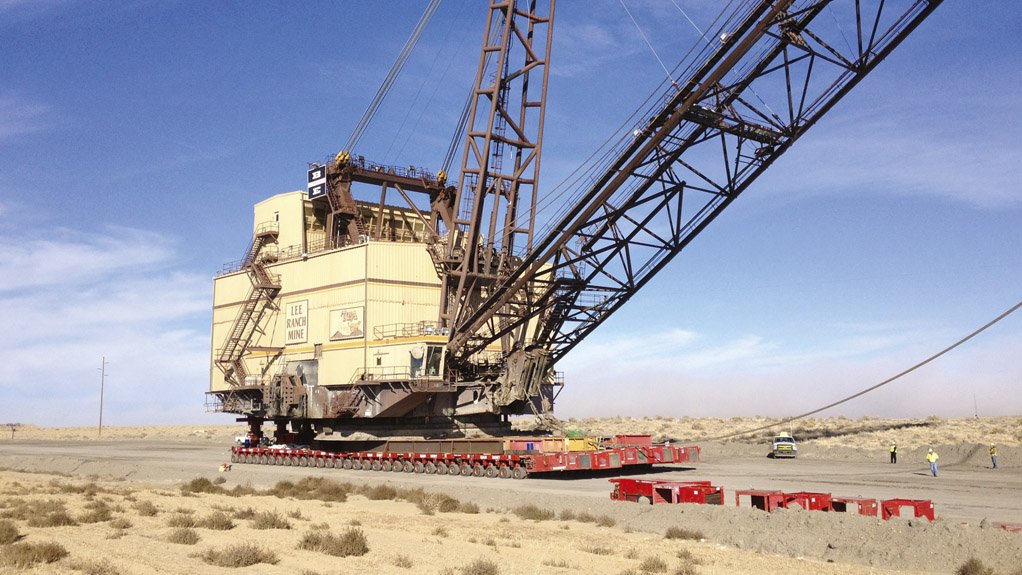

Comparison with Alternative Mining Cables
Standard Trailing Cables vs. Kevlar®-Reinforced Type 409
Conventional mining cables typically rely primarily on heavy rubber sheaths for mechanical protection, an approach that achieves adequate performance in benign applications but demonstrates limitations under the severe conditions typical of modern mining operations. The Type 409 cable's Kevlar® reinforcement provides mechanical protection capabilities that substantially exceed those achievable with conventional construction techniques.
The performance advantage of Kevlar® reinforcement becomes particularly apparent in applications involving frequent mechanical abuse, where conventional cables may require replacement after relatively short service periods. The Type 409 cable's enhanced mechanical protection translates directly into extended service life and reduced maintenance requirements.
Cost-Benefit Analysis of Enhanced Durability
The cost benefit Kevlar reinforced trailing cable analysis must consider both initial procurement costs and total lifecycle expenses. Whilst the Type 409 cable commands a premium over conventional alternatives, its enhanced durability characteristics typically deliver substantial savings through reduced replacement frequency and maintenance requirements.
Operational cost analysis should include consideration of downtime costs associated with cable failures, which can be substantial in mining operations where equipment utilisation rates directly impact profitability. The Type 409 cable's enhanced reliability characteristics contribute significantly to operational continuity and associated economic benefits.
The extended service life typical of Kevlar®-reinforced cables also provides environmental benefits through reduced material consumption and waste generation, considerations that are increasingly important in modern mining operations focused on sustainability objectives.
Frequently Asked Questions About Type 409 Cable Issues
Q: What are the most common failure modes for Type 409 cables in mining applications?
A: The most frequent failure modes involve mechanical damage from excessive abrasion, improper handling during installation, or operation beyond specified bending radius limits. The Kevlar® reinforcement significantly reduces these risks, but proper handling procedures remain essential. Chemical attack from aggressive mining chemicals can also cause premature failure if appropriate cable selection isn't matched to the specific environmental conditions.
Q: How do I determine the appropriate Type 409 variant for my specific mining equipment?
A: Cable selection requires careful consideration of several factors including equipment power requirements, operating voltage, cable length, environmental conditions, and mechanical stress levels. The voltage rating must match your equipment specifications, whilst conductor area should be sized based on current requirements and voltage drop calculations. For high-abuse applications, higher voltage variants with thicker insulation and enhanced mechanical protection are typically recommended even if lower voltage ratings would be electrically adequate.
Q: What special installation considerations apply to Type 409 cables compared to standard mining cables?
A: The Type 409 cable's enhanced mechanical protection requires careful attention to minimum bending radius requirements to avoid damaging the Kevlar® reinforcement. Installation crews must be trained in proper handling techniques for the substantial cable mass, particularly in larger variants. The composite screening system requires proper earthing connections, and the pilot conductor termination requires appropriate control circuit connections. Storage and handling procedures must account for the cable's mass and the need to protect the advanced sheath materials.
Q: How can I assess the condition of the Kevlar® reinforcement during routine inspections?
A: Regular visual inspection should focus on identifying any areas where the outer sheath shows signs of wear that might expose the Kevlar® reinforcement. Look for areas of localised damage, unusual flexibility, or visible reinforcement fibres protruding from the sheath. Any exposure of the Kevlar® layer indicates compromised mechanical protection that requires immediate attention. Professional electrical testing can assess insulation integrity, but mechanical condition assessment typically relies on visual inspection techniques combined with operational performance monitoring.
Conclusion
Summary of Performance Advantages
The Type 409 cable represents a significant advancement in mining cable technology, delivering exceptional performance through its innovative combination of metal-screened power cores, advanced insulation systems, and Kevlar® reinforcement technology. This comprehensive approach to cable design addresses the multiple failure modes common in mining applications, providing enhanced reliability and extended service life that translates directly into operational and economic benefits.
The cable's AS/NZS 2802 compliance ensures compatibility with Australian mining safety requirements whilst its technical specifications address the diverse power requirements of modern mining operations. From small auxiliary equipment to massive draglines, the Type 409 cable family provides appropriate solutions that maintain consistent performance characteristics across varying applications and environmental conditions.
Key Takeaways for Mining Operators
Mining operators should recognise that cable selection represents a critical infrastructure decision with long-term implications for operational reliability and cost management. The Type 409 cable's enhanced durability characteristics provide substantial value through reduced maintenance requirements, extended service life, and enhanced operational continuity.
The investment in advanced cable technology typically delivers returns through reduced downtime, lower maintenance costs, and enhanced safety performance. These benefits are particularly significant in operations where equipment availability directly impacts production targets and profitability.
Call to Action: Specifying Type 409 Cable for Reliable Mine Power Distribution
Mining operations seeking to optimise their electrical infrastructure should consider the Type 409 cable as a strategic investment in operational reliability and cost management. The cable's proven performance in demanding Australian mining conditions, combined with its comprehensive compliance with AS/NZS 2802 requirements, makes it an ideal choice for operations prioritising safety, reliability, and operational excellence.
Specifying Type 409 cable for new installations and major maintenance programmes ensures access to the latest cable technology whilst providing the performance characteristics essential for modern mining operations. The investment in advanced cable technology represents a commitment to operational excellence that delivers measurable benefits throughout the cable's extended service life.
How to Reach Us
Get in Touch
SiteMap
Product Catalogue
Reeling Cable
Festoon Cable
Shore Power Cable




Scan to add us on WeChat
